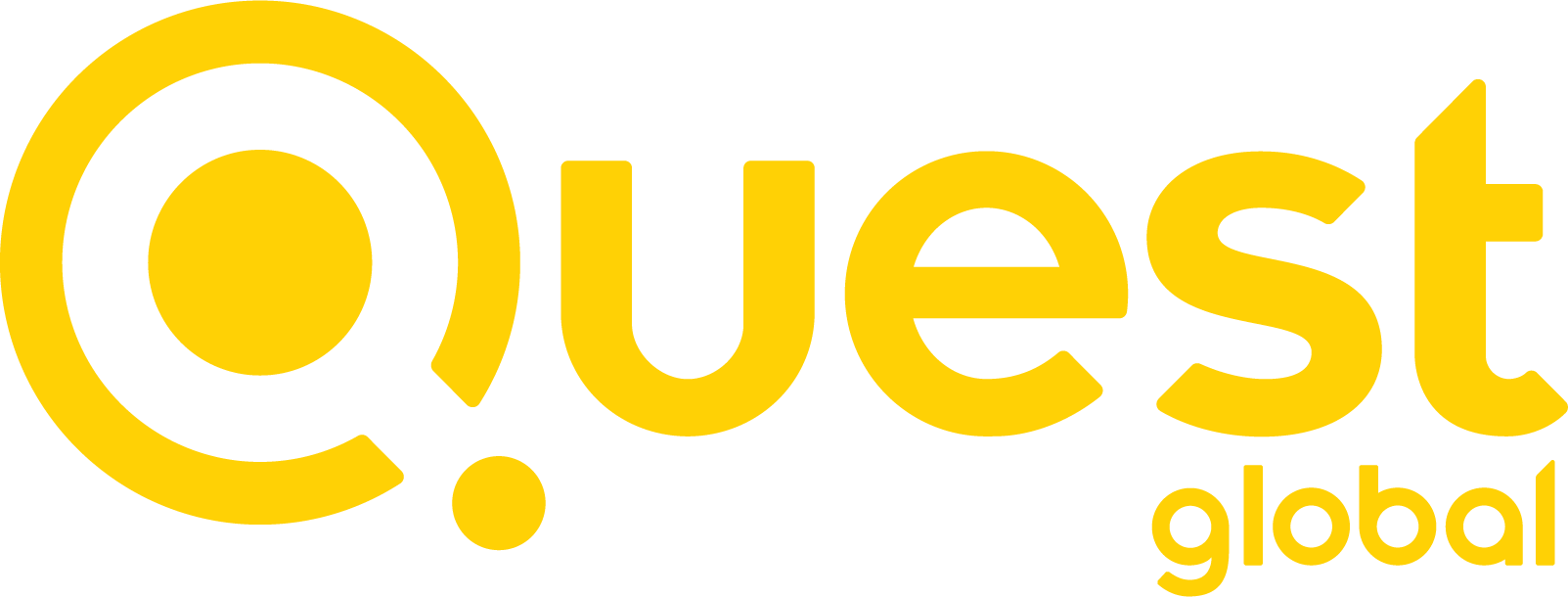With all the buzz around Model Based Definitions (MBD) and Model Based Enterprises (MBE), everyone’s talking about moving towards a Model Based Enterprise. However, one of the typical mistakes made by enterprises is creating a 3D model and expecting the results to flow in. That’s a fallacy!
What the 3D Model does
It helps capture the information required by downstream processes in greater detail. That’s the start. It also helps reduce the number of drawings and iterations made during the design lifecycle of the product by allowing all stakeholders to view the actual model. MBD does that too – but what is the real benefit of transitioning to an MBE?
To understand this, we must delve into what the current state is and it encompasses the following:
- Yes, there is a model but it is not the only model in the downstream processes. Currently, manufacturing processes, vendors, suppliers, all use their own definitions created from 2D drawings and spreadsheets shared, even if there is a 3D model developed at the design stage.
- Even if collaboration on the 3D model exists during the design phase, the downstream processes do not see it. Design changes and updates are again shared through drawings which puts an additional burden on the teams for configuration management
- Since the extended enterprise does not have access to the model, there is remastering done at their end as well, which results in higher costs due to additional work, as well as the risk of errors due to incorrect remastering and omission of data
- Furthermore, there are delays that are caused by the remastering of the model by the downstream teams as well as suppliers, vendors and other parties of the extended enterprise
Beyond Geometry and 3D Annotations
The real differentiator of a truly Model Based Enterprise is the free flow of model information throughout the internal and extended enterprise. This calls for:
- Standardisation of the model across the internal and external enterprise – where no drawings or derivations of the model are allowed to be used. This ensures that the model is the single version of truth for all parties requiring information about the model, its technical data packages and annotations
- Sharing of the model across the enterprise – using a role-based access system to ensure security, the standardised model is shared in its native format across the enterprise. This allows for exponentially easier configuration management, as well as simplified communication of changes made to the master. This in turn minimises errors, rework and losses arising due to aberrations in manufacturing processes
The teams consuming the model based definitions are thus armed with accurate data, visualisation and specifications, thereby eliminating confusion and reducing production defects.
MBE and the Extended Enterprise
One of the most significant advantages of a Model Based Enterprise is its ability to plan for its production capacity. When the model is shared with vendors and suppliers, they in turn are able to plan their deliverables more efficiently, thus eliminating delays and loss of productivity arising out of unavailability of parts and components or raw materials. Furthermore, the extended enterprise is provided with additional clarity, allowing vendors and suppliers to devise their procurement and inventory management strategies, thus allowing for cost savings.
The distinction of a true Model Based Enterprise
The true benefits of MBD and MBE are not in the model, but in the way it is consumed by the downstream teams and the extended enterprise. The key is the sharing of information using a Product Life Cycle Management tool, and the implementation of EDMs to allow role-based access to each of the downstream and extended enterprise stakeholders.




